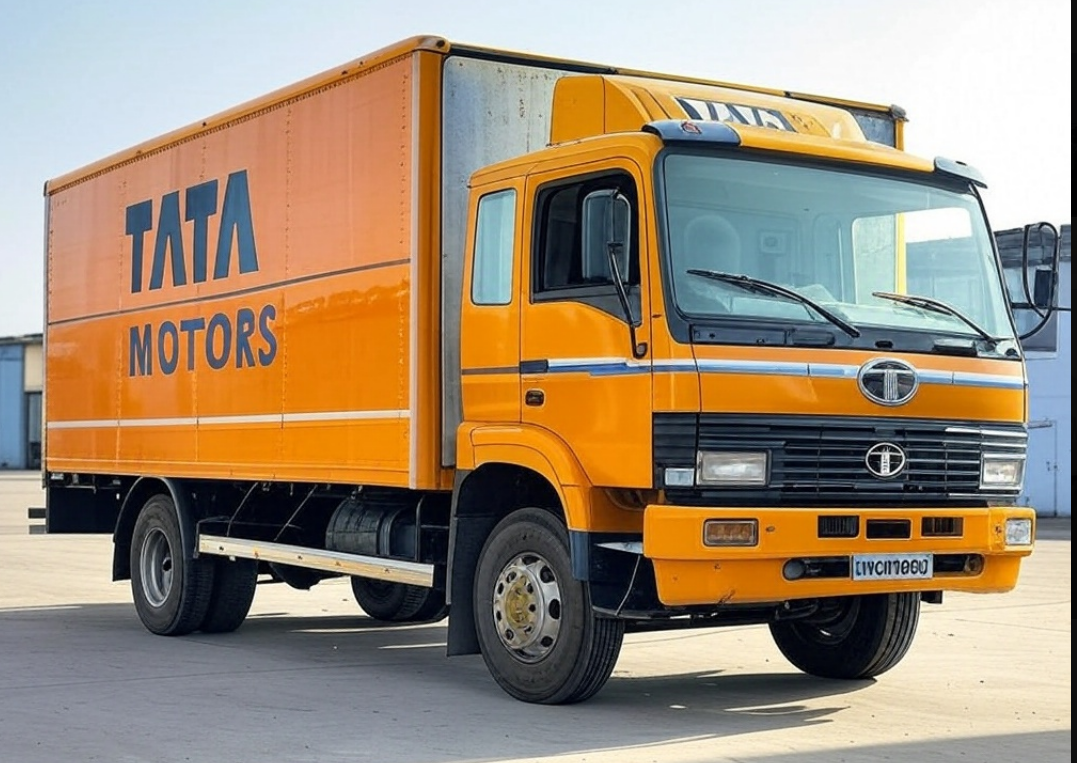
Tata Motors, India’s largest commercial vehicle manufacturer, has announced a price hike of up to 2% across its commercial vehicle range, effective April 1, 2025. The price revision comes in response to increasing input costs and will vary depending on the model and variant.
Why is Tata Motors Increasing Prices?
Rising raw material costs, supply chain disruptions, and inflationary pressures have been impacting automobile manufacturers worldwide. Tata Motors, known for its robust lineup of commercial vehicles, has taken this step to offset rising input costs while continuing to deliver high-quality, reliable transportation solutions to businesses across industries.
In the third quarter of fiscal year 2025 (Q3 FY25), Tata Motors' Commercial Vehicles (CV) segment demonstrated resilience amidst challenging market conditions. Here's a detailed overview of their performance:
Sales Performance:
Domestic Sales: The CV segment recorded domestic sales of 91,260 units in Q3 FY25, marking a marginal year-on-year (YoY) decline of approximately 1% compared to Q3 FY24. Notably, this reflects a significant improvement over the 19% YoY decline observed in Q2 FY25.
Segment Analysis:
Heavy Commercial Vehicles (HCV): The HCV segment experienced robust sequential quarter-on-quarter growth, driven by a resurgence in construction and mining activities post-monsoon, coupled with festive season demand. However, YoY sales declined by 9% due to limited growth in certain end-use segments.
Intermediate and Light Commercial Vehicles (ILCV): This segment saw a YoY growth of approximately 3%, indicating steady demand in urban and semi-urban logistics.
Passenger Carriers: The passenger carrier segment witnessed a significant YoY growth of around 30%, reflecting increased demand in public transportation.
Small Commercial Vehicles (SCV): The SCV segment experienced a marginal decline, primarily due to ongoing financing challenges affecting small business owners and individual operators.
Financial Performance:
Revenue: The CV segment reported revenues of ₹18,431 crore in Q3 FY25, an 8.4% decrease compared to the same period last year. This decline is attributed to lower volumes and an unfavorable mix.
EBITDA Margin: Despite the revenue drop, the Earnings Before Interest, Taxes, Depreciation, and Amortization (EBITDA) margin improved to 12.4%, up by 130 basis points YoY. This improvement primarily reflects material cost savings and the impact of the Production Linked Incentive (PLI) scheme.
Profit Before Tax (PBT): The segment achieved a PBT (before exceptional items) of ₹1,726 crore, indicating a ₹70 crore increase compared to the previous year.
Market Position:
Domestic Market Share: For the year-to-date period of FY25, Tata Motors' domestic Vahan market share stood at 37.7%. Breakdown by segments includes:
HGV+HMV: 49.1%
MGV: 38.4%
LGV: 31.2%
Passenger: 38.0%
Despite market challenges, Tata Motors remains committed to sustainability, innovation, and excellence in commercial transportation. The upcoming price revision is a strategic move to balance profitability while continuing to offer best-in-class products to its customers.
Disclaimer:
The information provided in this article is for informational purposes only and should not be considered as financial, investment, or business advice. While we strive to ensure accuracy, we do not guarantee the completeness or reliability of the data. Readers are advised to conduct their own research and consult with financial or industry experts before making any decisions. sensexnifty.com is not responsible for any losses or damages arising from the use of this information.




